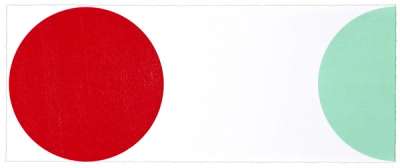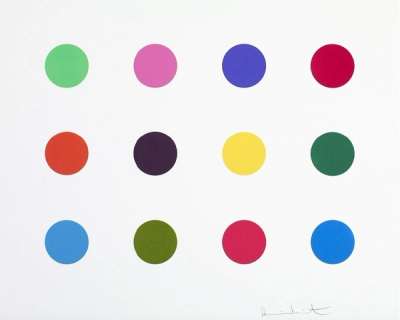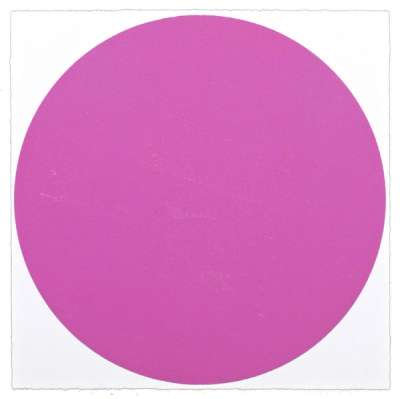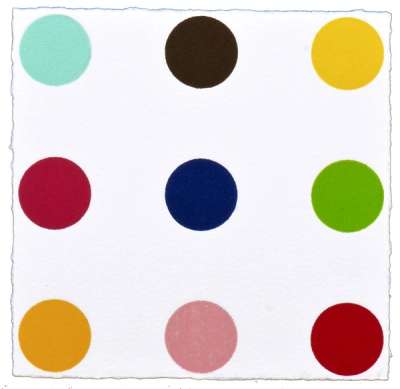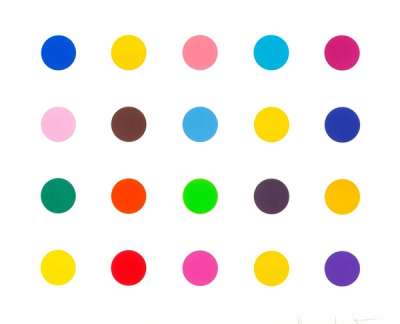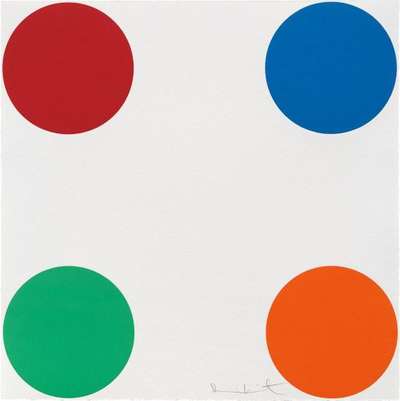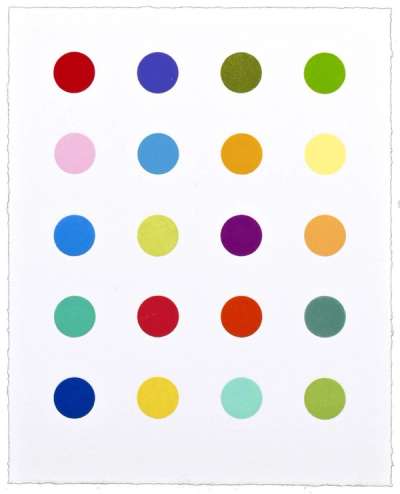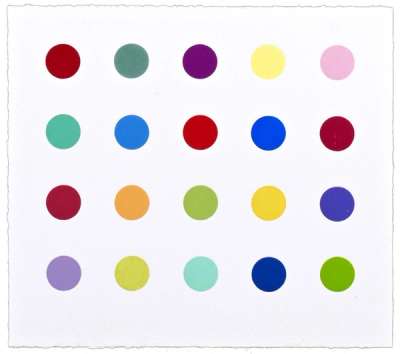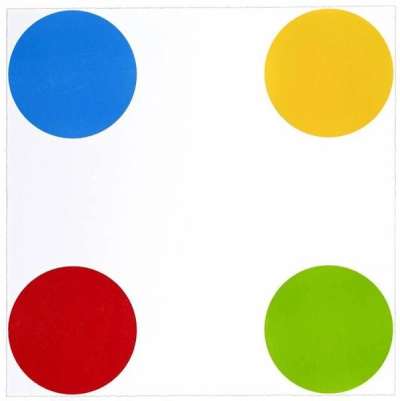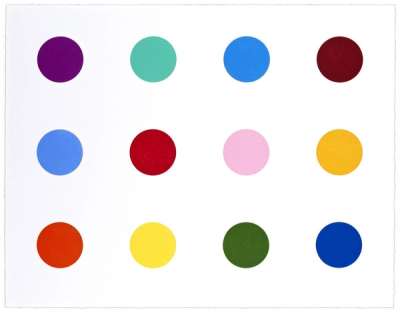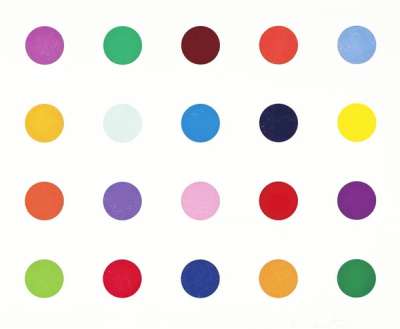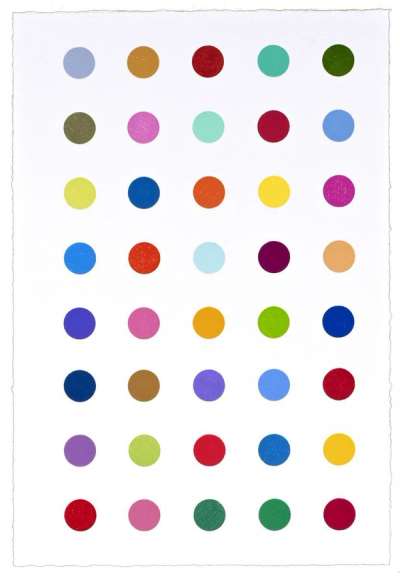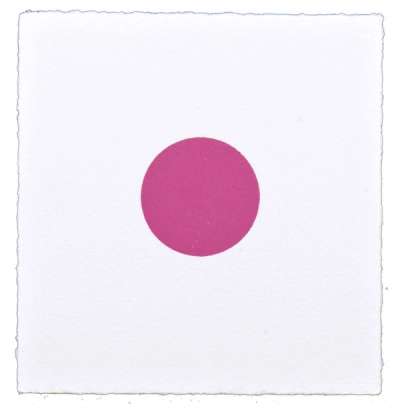
Nopaline

Nopaline
Signed Print
Damien Hirst
£8,000-£12,000Value Indicator
$17,000-$26,000 Value Indicator
$14,500-$22,000 Value Indicator
¥70,000-¥110,000 Value Indicator
€9,500-€14,000 Value Indicator
$80,000-$120,000 Value Indicator
¥1,510,000-¥2,260,000 Value Indicator
$10,000-$15,000 Value Indicator
AAGR (5 years) This estimate blends recent public auction records with our own private sale data and network demand.
There aren't enough data points on this work for a comprehensive result. Please speak to a specialist by making an enquiry.
Medium: Woodcut
Edition size: 55
Year: 2011
Size: H 53cm x W 53cm
Signed: Yes
Format: Signed Print
TradingFloor
Track this artwork in realtime
Watch artwork, manage valuations, track your portfolio and return against your collection
Track auction value trend
Auction Results
| Auction Date | Auction House | Location | Hammer Price | Return to Seller | Buyer Paid |
|---|---|---|---|---|---|
| May 2023 | SBI Art Auction | Japan | |||
| August 2020 | Christie's New York | United States | |||
| June 2016 | Phillips London | United Kingdom |
Meaning & Analysis
Nopaline is a woodcut print from Damien Hirst’s 40 Woodcut Spots series from 2011. The print shows four rows of spots that are identical in size and shape, each depicting a unique colour. Across the artist’s career every spot painting represents a unique combination of colours. The 40 Woodcut Spots series is an exploration of colour and form that is distinctly Hirstian.
Hirst has said of these works, “To create that structure, to do those colours, and do nothing. I suddenly got what I wanted. It was just a way of pinning down the joy of colour.” This series is representative of the spot paintings that constitute some of Hirst’s most recognisable works. There are over 1000 spot paintings in existence, dating from 1988 to 2011.
The origins of the famous spot paintings are from 1988, when Hirst in the final stages of the Freeze exhibition painted two arrangements of coloured spots onto the wall of the warehouse, titling them Edge and Row respectively. The Freeze exhibition marked a turning point in Hirst’s career where he began to employ assistants to create the spot paintings. This was part of the artist’s aims towards creating works that appeared to have been produced mechanically and without human intervention.
